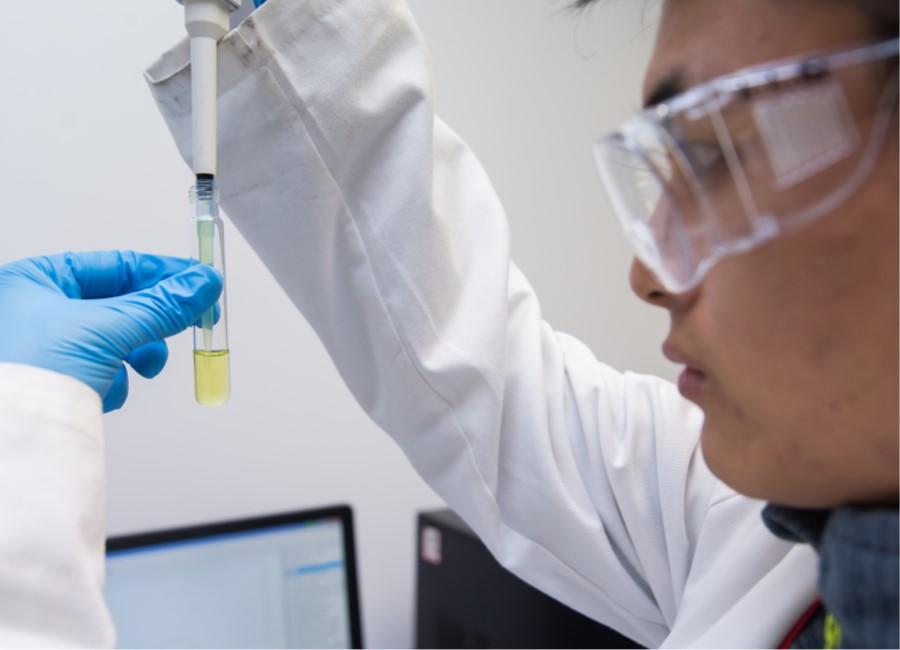A team of researchers from the University of Adelaide’s School of Chemical Engineering have designed a carbon and cobalt-zinc catalyst that when used in lithium-sulphur (Li-S) batteries allows for very fast charging, as well as an improvement in the performance of the batteries.
Professor Shizhang Qiao, chair of nanotechnology at the university, said the breakthrough has the potential to revolutionize energy storage technologies and advance the development of high-performance battery systems for various applications.
“Our research shows a significant advancement, enabling lithium-sulphur batteries to achieve full charge/discharge in less than five minutes,” he said, noting that when the electrocatalyst is used in Li-S batteries, the resulting battery “achieves an exceptional power-to-weight ratio.”
Li-S battery technology is popular among researchers and commercial developers, with the potential for the metallic lithium and sulfur combination to deliver more energy per gram than the lithium-ion batteries that currently dominate the energy storage sector.
The high-power capabilities of these batteries make them well-suited for applications requiring rapid charging and discharging, offering enhanced performance and reliability for both consumer electronics and large-scale energy storage solutions in grid applications.
The technology does however have its limitations. Typically, Li-S batteries suffer from low charge-discharge rates, typically requiring several hours – typically from one to 10 hours – for a single full charge-discharge cycle.
Popular content
To address this, the University of Adelaide team examined the sulfur reduction reaction (SRR) which is the pivotal process governing the charge-discharge rate of Li-S batteries.
“We investigated various carbon-based transition metal electrocatalysts, including iron, cobalt, nickel, copper and zinc during the SRR,” Qiao said. “Reaction rates increased with higher polysulphide concentrations, as polysulphide serves as the reactive intermediates during SRR.”
The team eventually settled on a nanocomposite electrocatalyst comprising a carbon material and cobalt-zinc (CoZn) clusters.
The team’s study, which is published in Nature Nanotechnology, reveals that when the electrocatalyst was used in a sulfur-based positive electrode, the corresponding Li-S battery was able to be cycled for 1,000 cycles at 8 C. The battery also demonstrated a discharge capacity retention of about 75%, corresponding to an initial specific power of 26,120 W kg.
Qiao said the high-power capabilities of the batteries make them well-suited for applications requiring rapid charging and discharging, offering enhanced performance and reliability for both consumer electronics and large-scale energy storage solutions in grid applications.
This content is protected by copyright and may not be reused. If you want to cooperate with us and would like to reuse some of our content, please contact: editors@pv-magazine.com.



2 comments
By submitting this form you agree to pv magazine using your data for the purposes of publishing your comment.
Your personal data will only be disclosed or otherwise transmitted to third parties for the purposes of spam filtering or if this is necessary for technical maintenance of the website. Any other transfer to third parties will not take place unless this is justified on the basis of applicable data protection regulations or if pv magazine is legally obliged to do so.
You may revoke this consent at any time with effect for the future, in which case your personal data will be deleted immediately. Otherwise, your data will be deleted if pv magazine has processed your request or the purpose of data storage is fulfilled.
Further information on data privacy can be found in our Data Protection Policy.